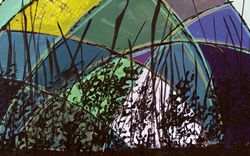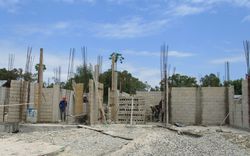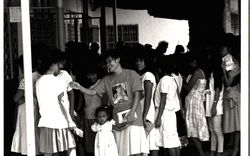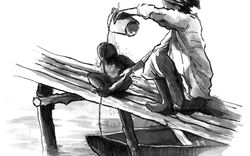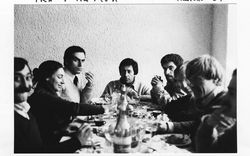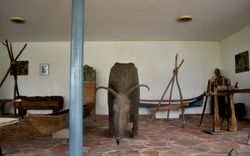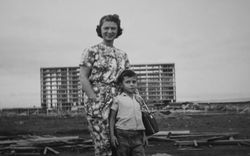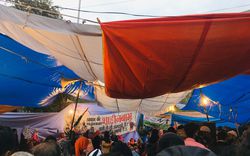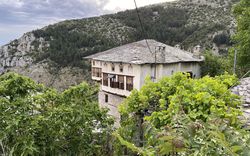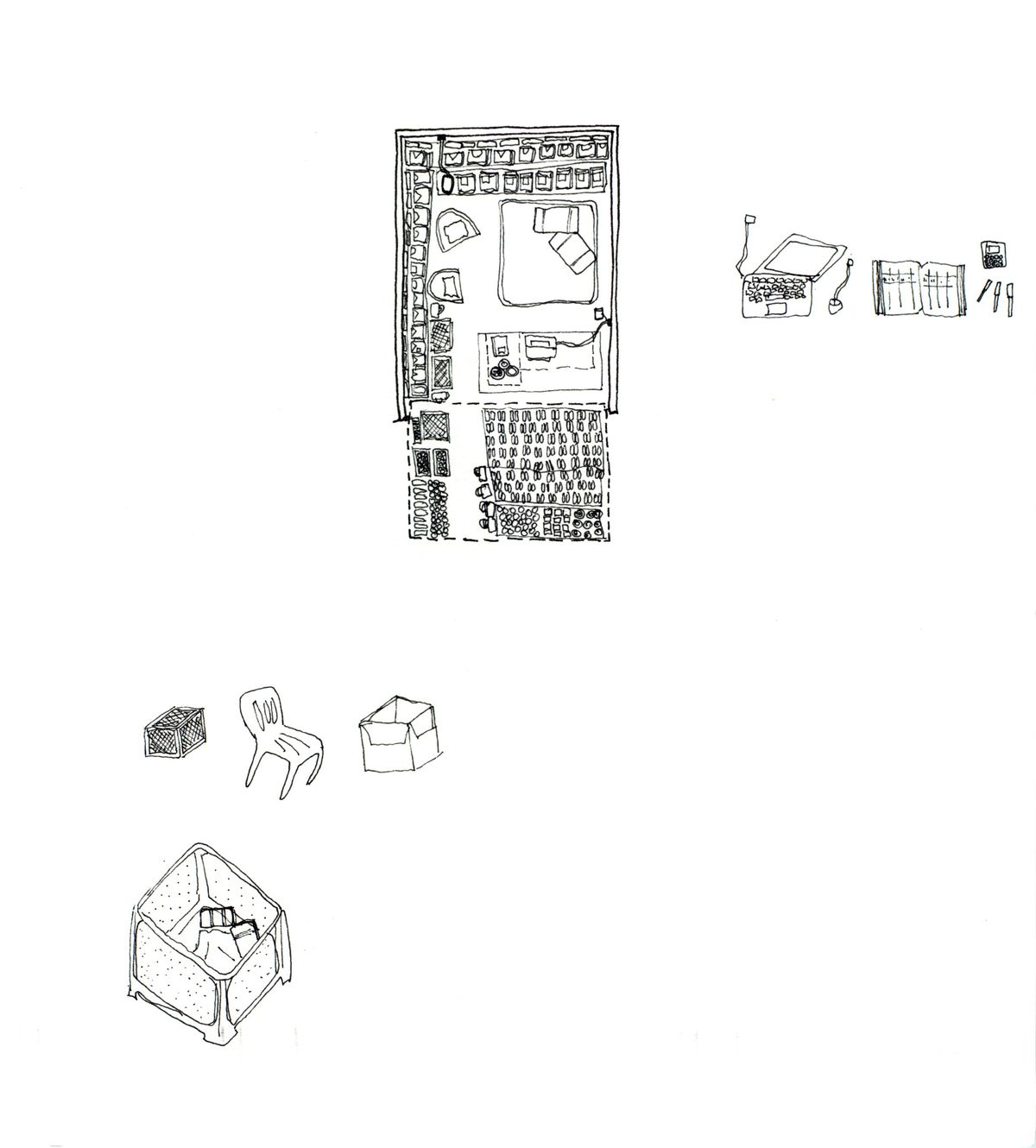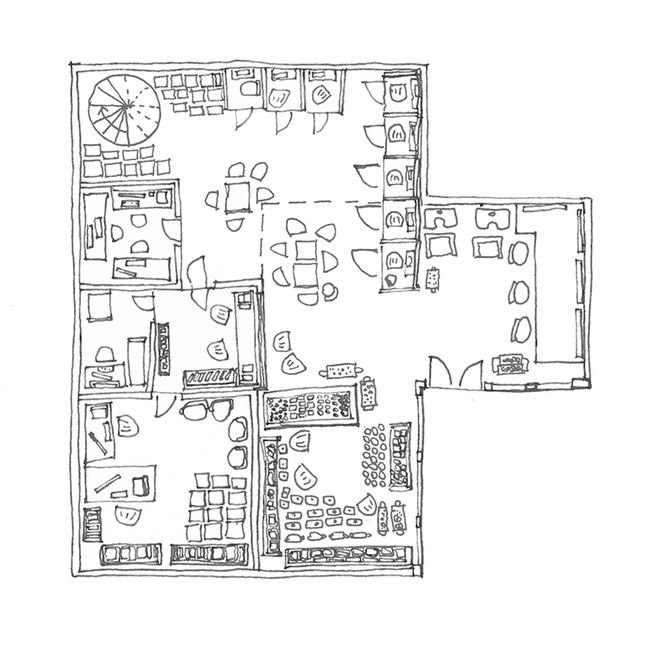Architectures of Care
Huda Tayob draws the space of the margin
Drawing is a central process for an architect. The drawings shown here follow architectural conventions in order to elucidate subaltern spaces—a practice of care.1 The various markets and individual stalls are located in Bellstat Junction, a “Somali mall” in Cape Town, South Africa run by refugee women. Although questions around refugees and migration are often situated at the scale of the nation state, through these drawings, the focus moves to the spaces of work, home, and shelter where daily life is negotiated.
-
These drawings have been published in two previous sources. See Huda Tayob, “Can Drawing ‘tell’ a different Story?” Architecture and Culture 6, no. 1 (2018): 203 – 222, ed. Jessica Kelly.; and Huda Tayob, “Drawing out Home-Making” in Architecture and Feminisms, eds. Helene Frichot, Catharina Gabrielsson, and Helen Runting (London: Routledge Critique Series in Architectural Humanities), 265-269. ↩
These drawings and re-drawings map my encounter with these markets.1 They were made over the course of a year, in response to conversations on site. Drawing within the markets led to numerous discussions and questions about my research with the owner-inhabitants of the markets, and became a way of actively speaking to each other.2 My adoption of the architectural conventions of plan and section stems from my training as an architect. Yet rather than precise measurements with a legal weight, the drawings are based on estimates and approximations to create a contingent archive of these interiors. The detail corresponds to repeated visits, and a slow recognition of what was important for those who live and make these interior spaces. The drawings therefore depict the density of occupation along with goods sold, furniture, and crockery—in other words, everyday objects not always included in architectural drawings, yet rendered in the very same drawing conventions that would otherwise overlook spaces like these, treating them as invisible. Drawing these markets asks us to consider them as spaces worthy of being drawn. In contrast to the emphasis often placed on the improvisatory nature of spaces for informal trade, these forms of representation point to the very real existence of physical built forms, and to the concrete spatial and material affordances of what may be glossed over as ad hoc. These drawings express in everyday details how forcibly displaced people assemble new spatial nodes as a way of overcoming formal exclusion.
These drawings are central to reading complex architectures of care. They present a manifestation of that which is not reducible or exhausted by mechanisms of control,1 offering a marginal or counter-archive of affective but overlooked sites. As Stuart Hall notes, constituting an archive represents a moment that requires careful reflection. By its nature, archiving involves a self-conscious positioning to construct a set of categories and conceptual frames.2 Writing and drawing these Somali malls as architectures becomes a means of acknowledging the ways that people make livable lives. The drawings in turn are traces of these lives, and a recognition of the daily practices of refusing the status quo and building a set of intimate spaces. These sites therefore operate at the unstable locus of precarity and possibility, offering both a record for the past, and a tracing for the future.
Huda Tayob presented her research on transnational architectures of care as part of the 2020 Toolkit for Today: In the Planetary Field. Her work is published here as a contribution to our web issue Of Migration.
